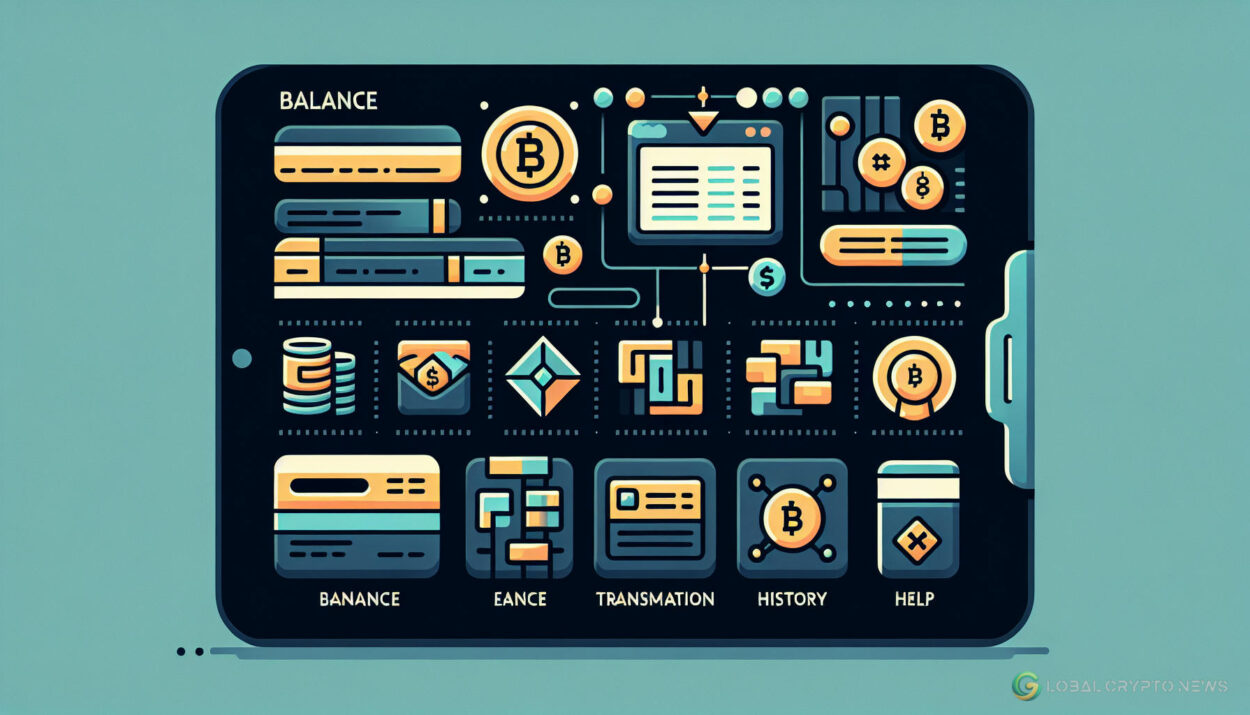Web3’s slow adoption is a wake-up call for industry dreamers. Statistics works in a funny way. Once experts need to prove the growing acceptance and awareness of web3, they oversimplify the concept to say, for instance, “More than 90% of people have heard of crypto, hooray!” Yes, that is in fact true. But if you dive deeper, you’ll also see that only 8% have a solid familiarity with the concept of web3.
In the next bull run, let’s put product before narrative | Opinion A16z predicts web3 will reach one billion active users by 2031, roughly at the same speed as the internet—in 15 years since its launch. If the crypto growth seems significant, I’d argue that it’s primarily driven by bull runs and FOMO rather than adoption. And the web3 community may be the one to blame.
You might also like:
Web3 people need to chill down
The web3 community of crypto enthusiasts started as the catalyst for web3 growth. Initially, being part of this community was synonymous with being at the forefront of technology.
Today, the community’s state reeks of elitism. An overwhelming focus on technical issues is discouraging newcomers who lack the same level of technical expertise.
Obsessing over technical discussions and innovations has led us to overlook the importance of accessibility and user experience. We’re launching dozens of L1/L2 protocols, often addressing the same issues over and over again instead of prioritizing collaboration and adoption.
We may have made progress in advancing technology, but we’ve failed to make tech more friendly and inclusive.
While web3 supporters call for more everyday folks to step into the crypto and web3 realm, their actions don’t quite align with the words. The lack of trust and transparency, combined with a “greater seclusion,” is a pretty hopeless way to promote web3 to broader audiences.
Our community predominantly consists of anonymous individuals on X-Twitter and Discord, which isn’t inherently wrong. However, an unwavering focus on blockchain’s anonymity doesn’t resonate with, for instance, a single breadwinner supporting a family of three. Safety concerns, the fear of scams, and the prospect of losing every earned penny make the current approach unattractive to ordinary people. Security cannot exist in conditions of total anonymity.
Add to this elitist mix the pricey conferences and meetups that primarily cater to the tech-savvy community, and you see a deepening issue. While industry meetups are well-attended by web3 natives, there’s a notable absence of events aimed at newcomers.
Here and now, we lack evangelists capable of broadening our audience reach. While figures like Vitalik Buterin inspire, we require numerous such individuals to expand the community truly.
‘Adoption over innovation’ as the new slogan
Our community has to rethink its approach, prioritizing mass adoption over innovation or building innovation for adoption. People opt for the easiest solutions and despite the advantages of web3, traditional web2 practices often appear more straightforward.
For example, the majority of mobile banking users may not understand how their transactions technically work, but they want them to be seamless. For web3 to become widespread, average users don’t necessarily have to know all the technical aspects of the “blockchain trilemma.” They just need convenient web3 solutions that work and solve real-life problems.
Technology is only meaningful when it’s being used. So, let’s modernize the outdated global money transfer systems from the 1970s, shifting our focus to real-world challenges rather than future possibilities. Rather than seeking to replace SWIFT, we should aim to integrate our innovations into its framework.
We can develop solutions that reach billions of users by collaborating with payment giants like Visa and Mastercard. Another step is engaging with governments to demystify web3 and showcase it as a technology capable of addressing pressing issues.
Achieving adoption through proper product-market fit, user-friendliness, and accessibility is key. The next few years will be pivotal for web3. Having surpassed the initial hype stage, we are now entering the crucial adoption phase. We face a critical choice: either we cater to billions, or the technology risks turning into a fever dream.
























